
Madiwala Kere played host to the third Lake Day celebrations on Saturday April 11th. It was organised by Namma Bengaluru Foundation in association with Snehadhara Foundation, BB76 and United Way.
The event encouraged people to connect with their surroundings, explore and participate in preserving it, and become a stakeholder in keeping it alive. With talks on biodiversity and sustainable living, demos on organic gardening and water testing, bird watching, sketching, cycling, music and dance, it truly was a day to celebrate the abundance in nature.
Here’s a glimpse of the Lake Day celebrations at Madiwala in pictures.
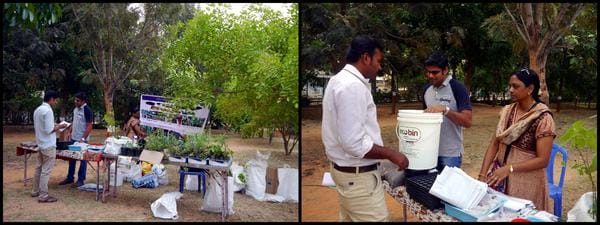
My3leaves on their mission to spread awareness on terrace gardening. Their simplified ideas help people grow vegetables organically in the balconies. Their EcoBin is a great and convenient tool for composting.
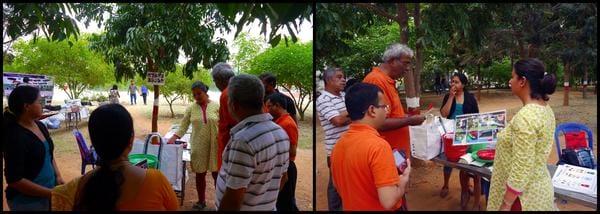
Kasa Muktha aims to standardise waste disposal throughout the city. The KMB Waste Segregation Kit can be purchased online.
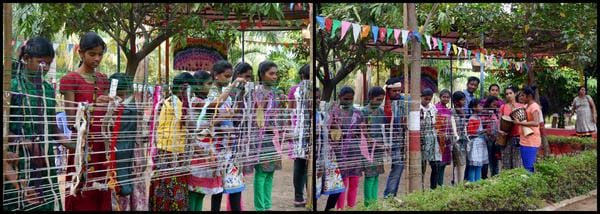
Let’s create: An activity from Snehadhara Foundation where children were asked to weave through the ropes using cloth.
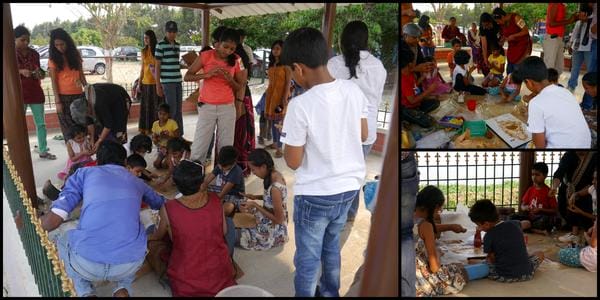
Let’s create: A warm summer evening with soft, cold clay to model with. So relaxing!
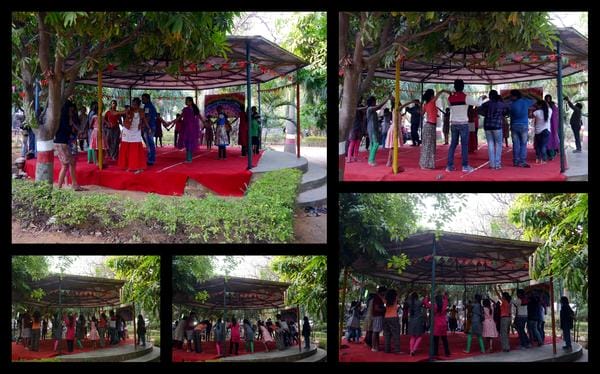
Dancing, a great tool to socialise! A community dance that was true to its name; no one was spared.
A stall where one could get water tested!
A perfect outing for the grandparent-grandchild duo; a common sight during summer vacations.
A photographer ready to go the edge of the earth to get the perfect picture, quite literally.
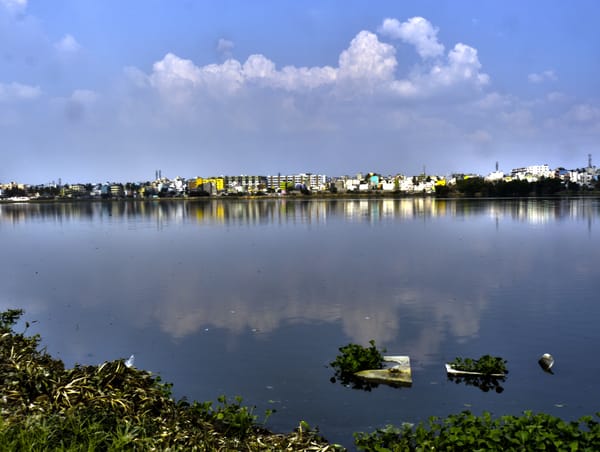
The lake’s beauty is beyond compare and we must protect it – this is all that the folks at the habba were trying to say.
Related Articles
Namma Bengaluru Foundation’s Lake Day Series
If you didn’t attend Bengaluru’s first lake festival, here’s what you missed!
Cyclists and skaters take over roads in Malleshwaram
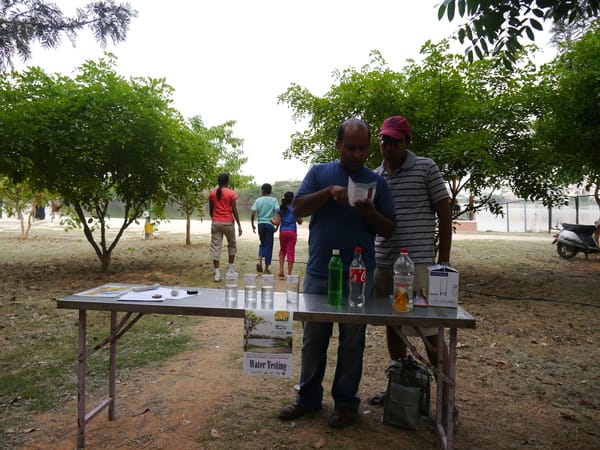
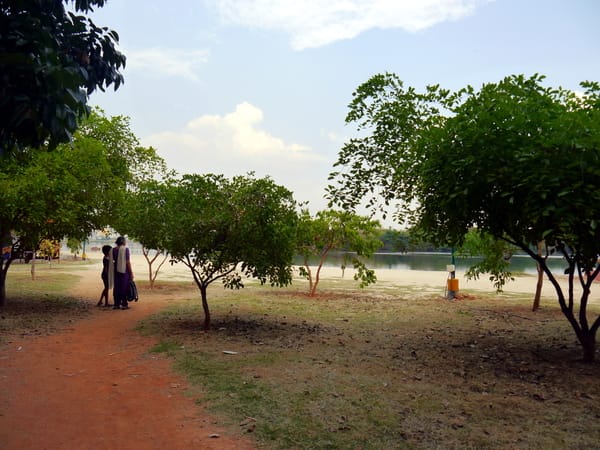
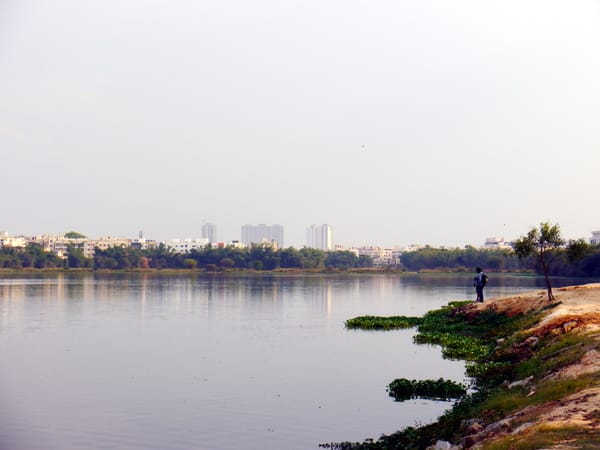
Nice initiative. Beautiful photos. Great report! 🙂 Congrats. These type of events should prevent further encroachment of our natural resources. Hopefully.